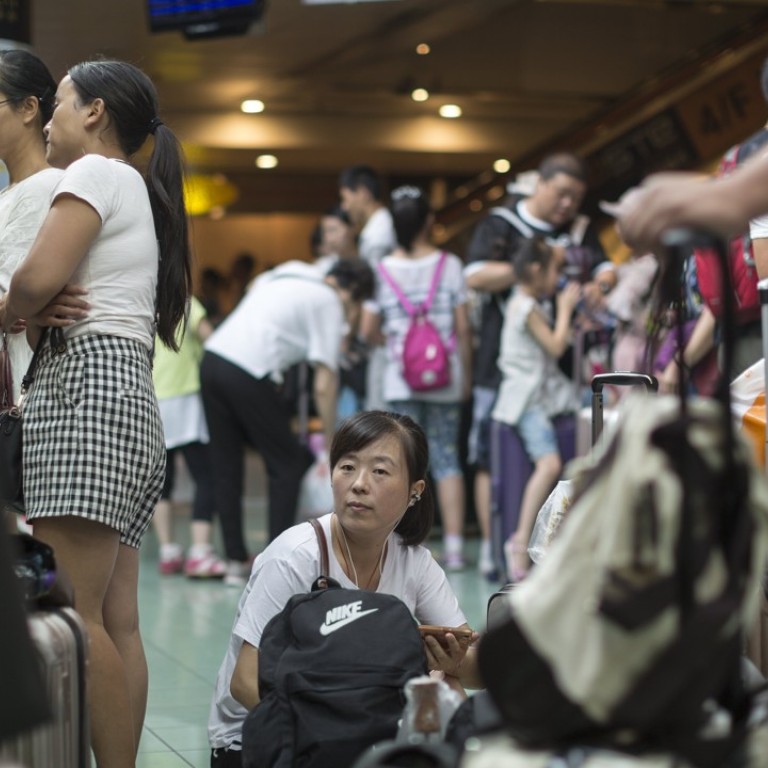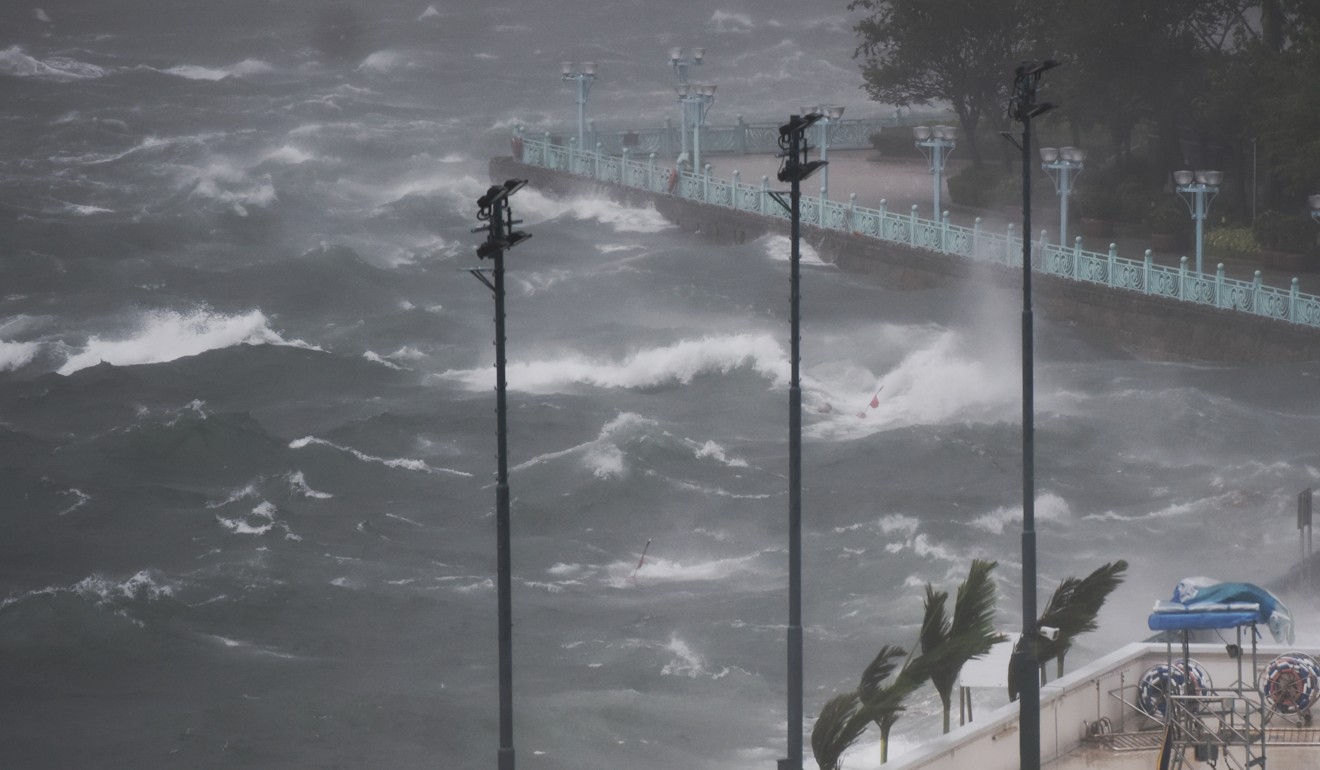
Let’s face it, Hong Kong is never going to slam dunk the liveable city rankings
Hong Kong ranked 45th of 140 cities worldwide in the Global Liveability Report from the Economist Intelligence Unit, so what does that tell us?
Liveable city surveys can always be guaranteed to get my hackles up. I always bristle when I read the Mercer global rankings, and the shockingly opinionated annual Monocle rankings (Hong Kong gets hit for being hot, and for not having enough bicycle lanes). So you can imagine the scene when I opened this year’s Global Liveability Report from the Economist Intelligence Unit.
And no, I am not bristling because my own favourite city – Hong Kong – performs so shoddily (we rank 45th out of 140 cities worldwide, compared to Singapore placed 35th). I am well used to this by now. However fervent our own government’s claim that Hong Kong is “Asia’s World City”, clearly the rest of the world disagrees. Liveable we are not – with or without a battering from Typhoon Hato.
I hold the Economist, and its sister the Economist intelligence Unit, in the highest regard. But that does not prevent the hackles from rising. I may not even strongly disagree with most of their conclusions. It’s just that rankings rely wholly on methodologies – what information you include or exclude, where you go to gather it, and how to weight it. Most readers and headline writers go straight to the rankings, and take little notice of how the EIU’s drafters built them.
Like Monocle, the EIU includes in its “Culture and Environment” category a “Humidity/temperature rating” – which always punishes hot and humid places like Hong Kong. But what about those of us that hate to our shivering core the long cold dark winters of northern Europe or Canada? Why do Toronto (ranked a giddy 4th), Calgary (an astonishing 5th) and Helsinki (at 9th) not get punished for those interminable lightless months of miserable cold, and the dreadful monochrome of leafless trees, flowerless streets and grey slushy snow. Why do they not get punished for the awful lumpy layers of clothing you have to put on and peel off whenever you leave or arrive home?
When rankings are survey based, part of the answer to this question sits with the biases of survey respondents. I have no idea whether the EIU entrusts itself to surveys. It does not say. But many of its measures are based on “EIU ratings” – which may not be as opaque or open to bias as Monocle, but leaves many questions unanswered. An English language publication with most of its survey respondents concentrated in Europe and North America (and perhaps Anglo-Saxon outposts like Australia and New Zealand) can surely not surprise us for ranking three Australian cities, three Canadian cities, and Auckland in New Zealand up there in its top 10.

Quite what sets apart improbable second tier cities like Vienna, Helsinki and Hamburg to sit in the top 10 is equally hard to puzzle. Maybe it is something to do with what the Danes call “Hygge” – pronounced something like “hoooger” – and the Germans call “Gemutlichkeit” – the sort of cosy candle-lit conviviality that melds families huddled through the long lightless months of winter. The fact that Vienna had just 68 recorded crimes reported to the police last year, and “in recent years” has had just one murder, probably counts too. Compare Detroit with 302 murders recorded last year, and Caracas with 4,300.
The EIU methodology is transparent enough for readers to notice a number of peccadilloes. It wholly ignores the economic/business friendly/legal and tax issues that for many have a very big influence on whether a city is liveable or not. It similarly ignores the cost of living (though it has a separate cost of living survey every year, and might do well to meld this into the Liveability Report). It ignores bureaucracy and regulation, openness to foreigners or those from varied cultures. It ignores inequality. Most surprisingly, it seems to take no measure of pollution and the environment.
It is welcomely self-aware of where its biases lead it: “Those that score best tend to be mid-sized cities in wealthier countries with a relatively low population density. These can foster a range of recreational activities without leading to high crime levels or overburdened infrastructure.”
I mention such factors with no self interest in mind. Hong Kong would perform badly by most of those omitted measures, and so their omission by the EIU is for Hong Kong probably a good thing. With many ratings, our education system is poorly rated, as is lack of cultural diversity and a rising culture of intolerance. Our health care system ranks poorly, in particular in terms of the number of doctors we have serving the needs of our 7.2 million people. Failure to develop non-renewable energy gives us a terrible environmental sustainability rating (though I quibbled with PwC punishing us last year for having comparatively few public parks – they should surely take account of our country parks?).
But I suspect that the EIU is not particularly trying to split hairs between the top 50-60 cities which are – depending on our tastes – largely liveable. More important, it is trying to alert us to those languishing in the lower regions, and the slippages that over time seem noticeable and significant. It notices Tripoli and Damascus “which were deemed relatively stable just a few years ago” but today prop up the bottom of its table, but wholly excludes Kabul and Baghdad in which no international business family would in their right mind willingly choose to live right now.
That made me pause for thought, because back in the 1960s while teaching in a school in Peshawar in Pakistan, I would bus up through the Khyber Pass to Kabul every month for some bright lights, a glass of beer, and replenishment of soap, shampoo and toothpaste. Back then, friends in Peshawar deemed Kabul to be eminently liveable. We clearly can’t take it for granted that over time, things inevitably improve.
Most sobering in the EIU rankings was Port Moresby in Papua New Guinea which ranks a shocking 136th out of the 140 cities ranked. From January next year, Papua New Guinea is our host as Chair of the Asia-Pacific Economic Cooperation group (APEC). Many thousands of people like me will be visiting Port Moresby five or six times over the course of the year. Perhaps there are good reasons why they are planning to house us on cruise ships parked in the harbour.
David Dodwell researches and writes about global, regional and Hong Kong challenges from a Hong Kong point of view

